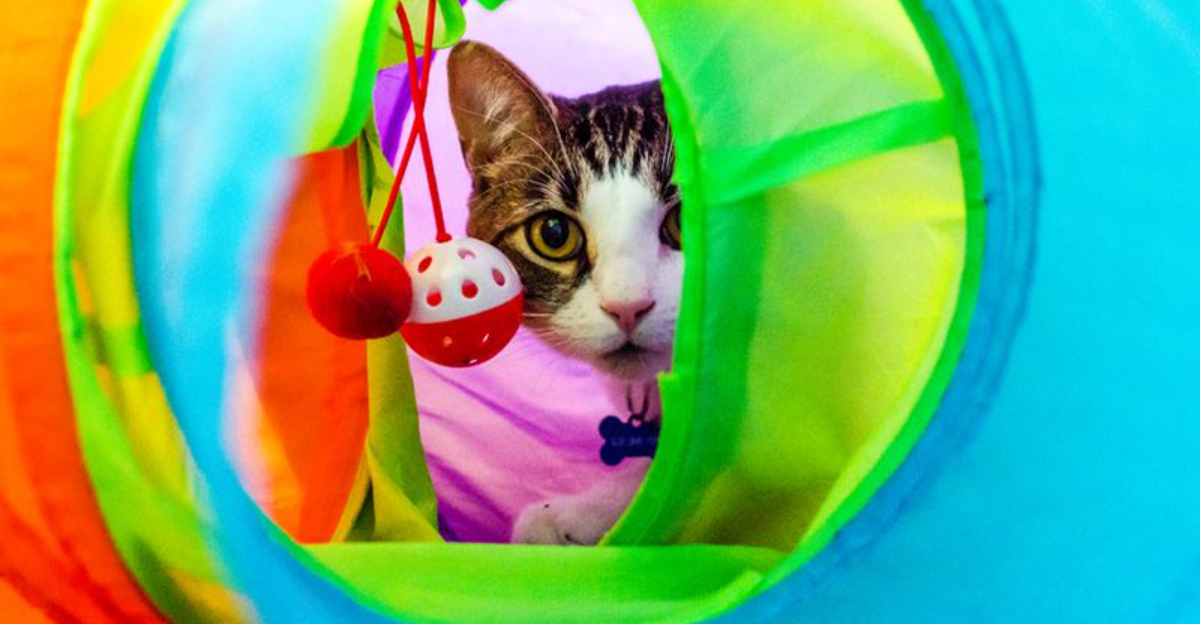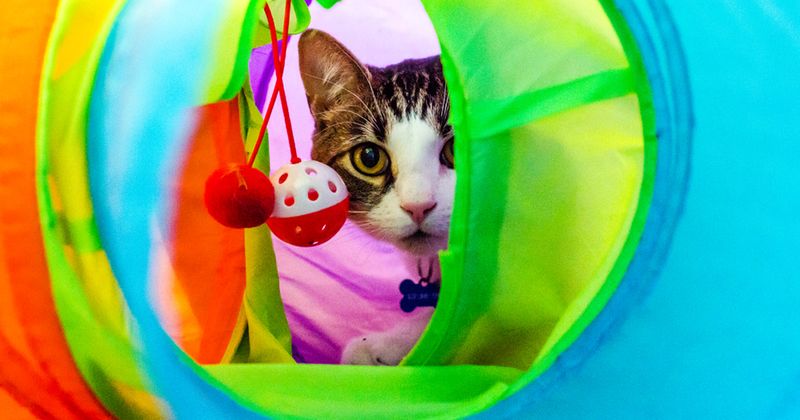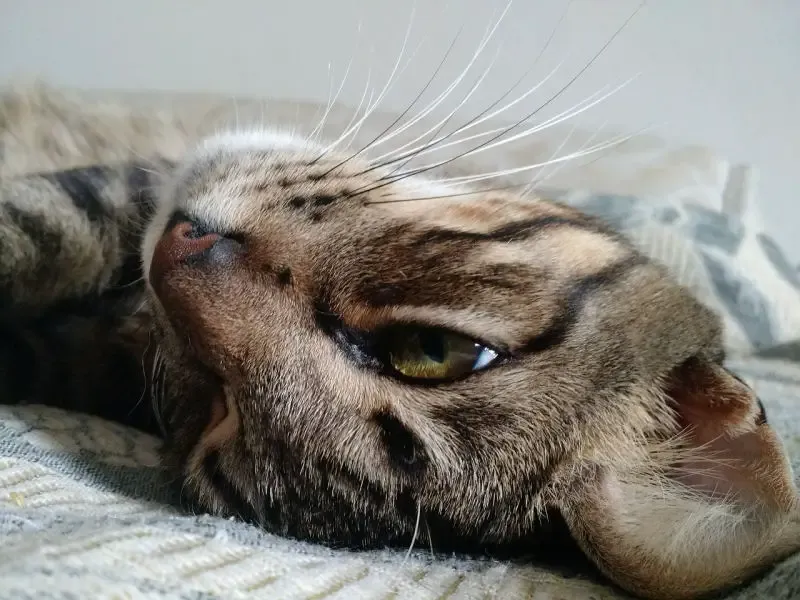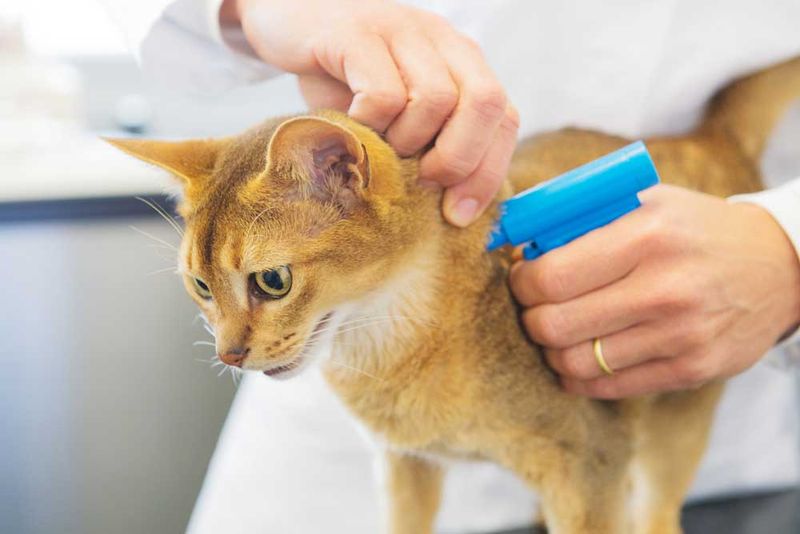📖 Table of Content:
Becoming a cat parent is a rewarding experience filled with head bumps, soft purrs, and moments of pure feline mischief. But behind those mesmerizing eyes and playful antics lies a creature with specific needs, quirks, and routines that make them thrive. Whether you’re a new cat owner or a seasoned feline enthusiast, understanding what truly matters in your cat’s day-to-day life is crucial to creating a bond that lasts a lifetime.
Unlike dogs, cats communicate and interact with the world in subtle, sometimes mysterious ways. Their health, happiness, and behavior are shaped not only by their environment but also by how well we respond to their silent cues and maintain their space. It’s about striking a balance between their independence and our responsibility as caretakers.
This guide dives into nine core aspects of cat care that every guardian should master. These aren’t just basic tips—they’re essential habits that support your cat’s emotional, physical, and social well-being. From nutrition to enrichment, each point is crafted to help you raise a cat who is not just surviving, but absolutely thriving.
1. Provide a Nutritious Diet
Feeding your cat is about more than just filling a bowl—it’s about fueling a life. The right nutrition supports everything from their immune system to coat shine and digestive health. Cats are obligate carnivores, which means they require high levels of animal-based protein to function properly. Always read food labels and avoid ingredients like artificial fillers, dyes, or excessive grains. Special dietary needs may arise with age or medical conditions, so it’s wise to consult with a vet when selecting food. Wet food can help with hydration, especially if your cat isn’t a fan of drinking water. Keep treats in moderation, and never feed them human foods that could be toxic.
2. Keep the Litter Box Clean
A well-maintained litter box is key to your cat’s hygiene and mental comfort. Regular scooping—at least once a day—prevents odor buildup and keeps your cat from seeking alternative spots. Cats are naturally clean animals, and a dirty box can lead to stress, infections, or behavioral issues like inappropriate elimination. It’s important to have one litter box per cat, plus one extra to avoid territorial disputes. Choose a quiet, low-traffic area for placement, away from their food and water bowls. Litter preference varies, so be prepared to experiment with different textures and depths. Clean the entire box with mild soap weekly and replace it when it becomes overly scratched or worn.
3. Understand Their Body Language
Tuning into your cat’s body language is like learning a new dialect—it takes time, but it pays off. Each flick of the tail, narrowing of the eyes, or soft meow is a form of communication. For instance, a slow blink is often a gesture of trust and affection, while a swishing tail can mean irritation or excitement. Learning these signs helps you interact with your cat in a way that respects their boundaries. Over time, you’ll recognize their unique signals when they want attention, need space, or are feeling unwell. Misinterpreting their cues can lead to stress or even injury if they feel threatened. Respecting your cat’s nonverbal communication is one of the most powerful ways to build trust.
4. Schedule Regular Vet Visits
Routine vet visits are the frontline of preventive care and long-term health. Even if your cat seems perfectly healthy, annual checkups can detect early signs of disease. Veterinarians can provide tailored advice on everything from vaccines and parasite control to dental hygiene and weight management. Getting your cat used to vet visits early reduces anxiety and makes future trips smoother. Many health conditions, such as kidney disease or diabetes, are manageable if caught early. Consider pet insurance to ease the cost burden of unexpected treatments. Staying proactive about your cat’s health helps ensure a longer, happier life together.
5. Groom Them Properly
Maintaining your cat’s coat and claws is about more than aesthetics—it directly affects their health. Brushing removes loose fur and prevents painful mats, especially in long-haired breeds like Persians or Maine Coons. Regular grooming also reduces hairballs, which can be a source of digestive discomfort. Nail trimming should be done every few weeks to prevent overgrowth or painful snagging. Make grooming sessions positive by using treats or soothing tones so your cat associates it with comfort. Grooming is also a chance to check for skin issues, fleas, or unusual lumps. If your cat resists heavily, a groomer or vet can help without stress. A clean, well-groomed cat is a happy, confident one.
6. Play and Enrich Their Environment
Felines may nap a lot, but their instincts are wired for action. Daily play sessions mimic the hunt and help prevent boredom, which can lead to destructive behavior. Use toys that encourage stalking, chasing, and pouncing—like feather wands, laser pointers, or motorized mice. Puzzle feeders and treat-dispensing toys are also great for mental stimulation. Rotate their toys every few days to keep their interest fresh and engaging. Scratching posts, cat trees, and window perches fulfill natural climbing and marking behaviors. Consider building a catio or safe outdoor enclosure for extra enrichment. A dynamic environment keeps your cat mentally sharp and emotionally balanced.
7. Recognize Signs of Illness
Being attentive to subtle health changes can make all the difference in your cat’s well-being. A sudden drop in appetite, weight loss, vomiting, or unusual lethargy shouldn’t be ignored. Behavioral changes like hiding, aggression, or excessive grooming might also indicate something’s wrong. Cats are masters of hiding pain, so it’s crucial to act on even small clues. Monitor their litter habits for signs of urinary or digestive problems. Bad breath can suggest dental disease, which affects internal organs if untreated. Regular at-home checks and prompt vet visits can catch problems before they escalate. Your vigilance could quite literally save your cat’s life.
8. Microchip and ID Them
Identification may seem unnecessary for indoor cats, but accidents happen. An open window or startled escape can quickly turn into a missing pet situation. Microchipping offers a permanent ID that can’t fall off like a collar tag. It’s a quick, safe procedure that dramatically improves chances of recovery if your cat is found. Always keep microchip info updated with your current address and phone number. Collars with ID tags are useful too—especially if your cat has access to outdoor time. Consider breakaway collars to prevent injuries from snagging. Identification is a small step that makes a massive difference in emergencies.
9. Create a Safe, Cozy Home
Every cat deserves a sanctuary that feels secure, enriching, and peaceful. Choose soft, quiet spots where they can rest undisturbed—preferably elevated or hidden. Remove potential dangers like loose cords, string, toxic plants, and open washers or dryers. Window perches with a view of birds or passing cars can become favorite hangouts. Introduce pheromone diffusers or sprays to reduce anxiety in stressful times like moves or loud events. Soft blankets, gentle lighting, and ambient sounds can make all the difference in how relaxed your cat feels. Cats thrive when their environment supports both their wild instincts and their need for calm. Comfort is more than luxury—it’s a foundation for well-being.









